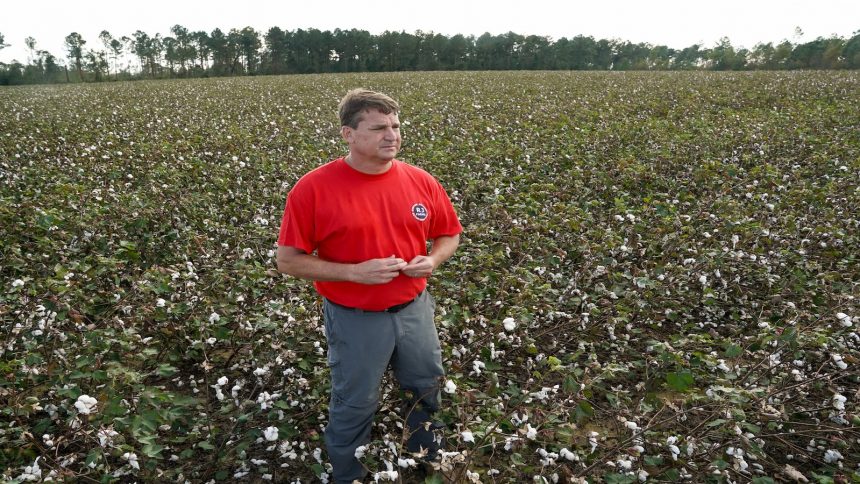When Hurricane Helene made landfall in Florida three weeks ago, Jason Madison found himself alone at his shrimp storefront in Keaton Beach. As the wind howled and the bay became turbulent, Madison made the difficult decision to evacuate. When he returned the next day, the devastating aftermath of the nearly 20-foot storm surge became painfully clear. His establishment was in shambles, with dead fish and broken furniture scattered everywhere. The loss of his shrimp tanks, essential for his livelihood as a shrimp farmer of 23 years, was particularly devastating.
The impact of Helene wasn’t limited to Madison’s story – it wreaked havoc across six states, resulting in substantial losses to crops, livestock, and aquaculture. Just 13 days later, Hurricane Milton struck Florida, further exacerbating the situation by causing widespread power outages and disrupting crucial agricultural operations.
The toll of these back-to-back storms is immense, with hundreds of thousands of businesses impacted and agricultural operations decimated throughout the region. At Ohio State University, agricultural economist Seungki Lee highlighted the direct consequences of these disasters on agricultural production, a ripple effect that extends beyond the initial damage.
Among the hardest-hit sectors are poultry production and fruit and vegetable farming. The poultry industry, particularly in states like Georgia and North Carolina, suffered significant losses due to destroyed poultry houses. The citrus industry in Florida, home to major producers of oranges and bell peppers, also faced severe setbacks.
Transportation disruptions further compounded the challenges faced by growers, with damaged infrastructure hindering the distribution of goods to market. Downed trees, flooded roads, and suspended port operations all contributed to the logistical nightmare following the storms.
The financial toll of the hurricanes is staggering, with preliminary estimates suggesting losses of billions of dollars in crop and livestock production. Farmers and ranchers are grappling with the immediate aftermath while also contemplating the long-term implications of rebuilding in vulnerable areas.
The impact of the storms extends beyond the agricultural sector, affecting consumers nationwide. Disruptions in fertilizer and feed supplies could result in increased production costs, potentially driving up prices for essential goods like chicken and fruit in the coming months.
As the region grapples with the aftermath of the hurricanes, uncertainties loom large. The future of small-scale producers like Jason Madison remains uncertain, as the compounding effects of these disasters may force many to reconsider their livelihoods. The road to recovery will be long and challenging, requiring resilient efforts to rebuild and adapt to a changing climate.






